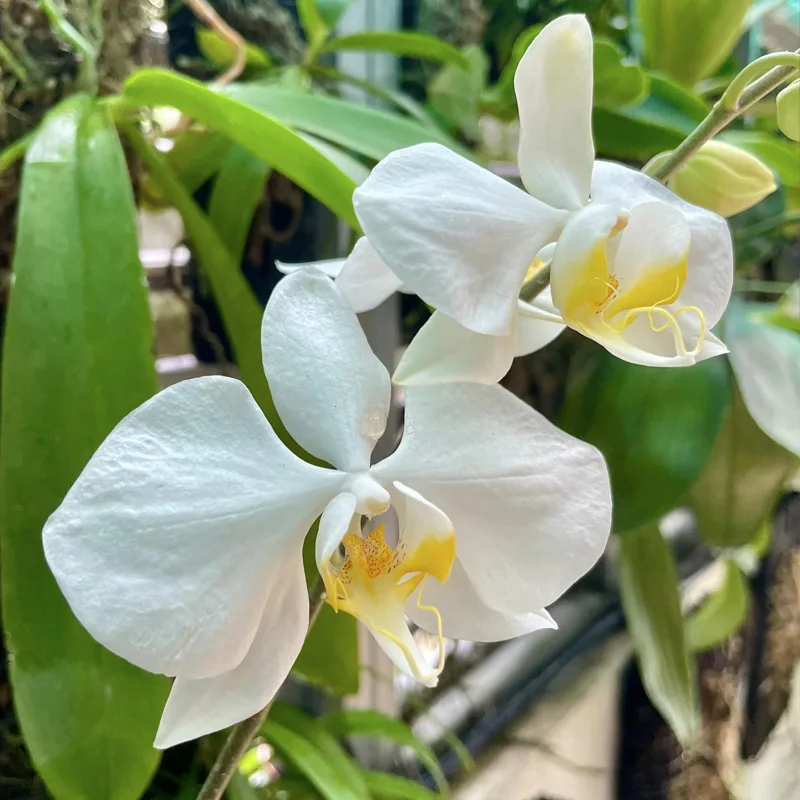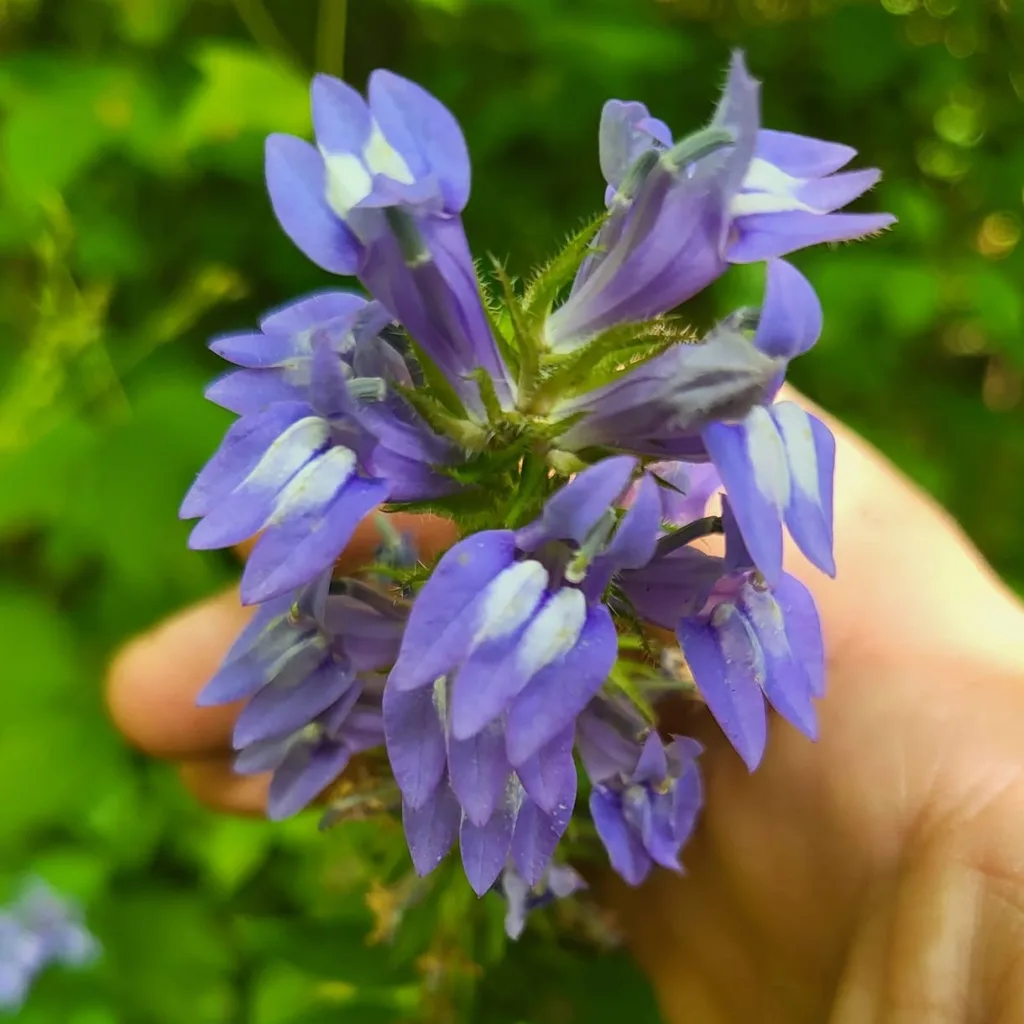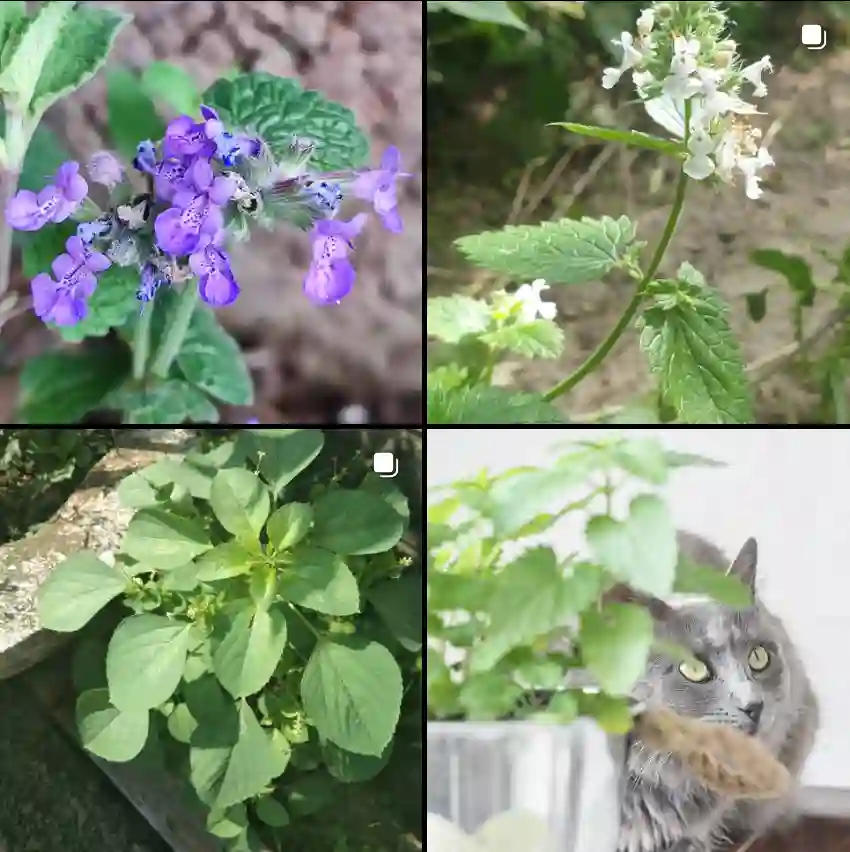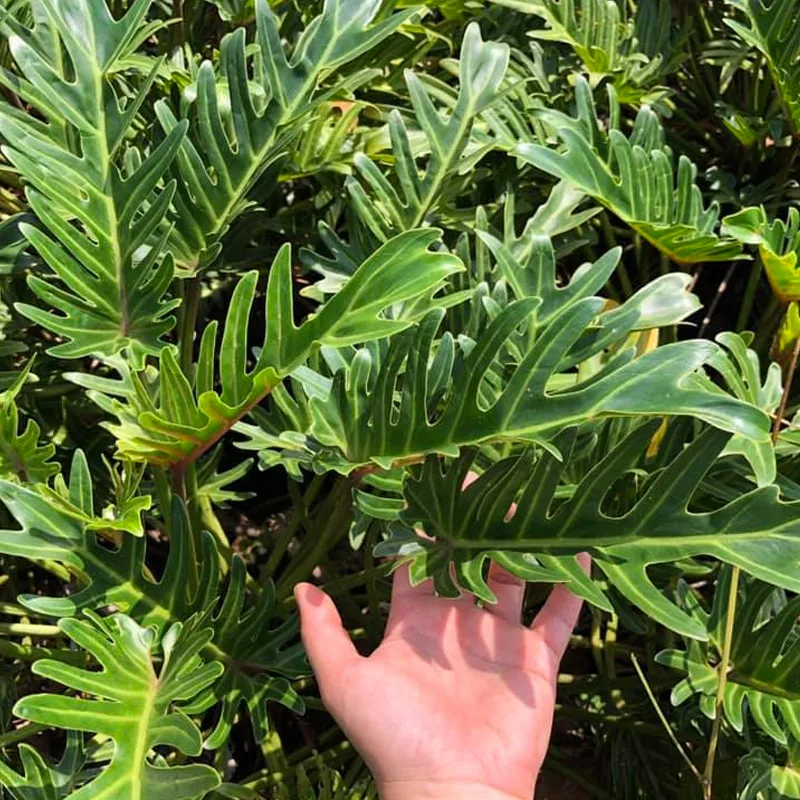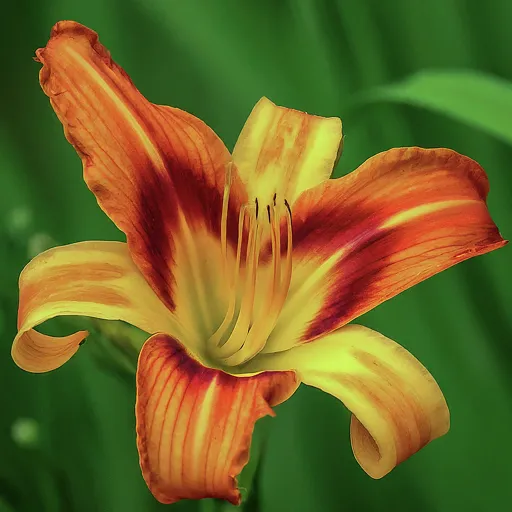
FAQs About Hemerocallis Rajah
As someone who has spent a significant amount of time growing and observing various daylilies, Hemerocallis Rajah holds a special place in my garden. This vibrant and resilient cultivar has not only added a burst of color to my landscape but also piqued my curiosity due to its unique characteristics. Here are some common questions I often receive about Hemerocallis Rajah, along with my personal insights.
18 Species in Genus Hemerocallis
What Makes Hemerocallis Rajah Stand Out?
Hemerocallis Rajah is a daylily that commands attention with its deep, rich red petals, often tinged with a hint of orange at the edges. The blooms are large, typically around 5 inches in diameter, making them a focal point in any garden. What I love most about this variety is its ability to maintain vibrant color even under the intense summer sun. Unlike some daylilies that fade or appear washed out, Rajah keeps its striking hue throughout its bloom cycle.
The plant itself is also quite hardy. In my experience, it can tolerate a wide range of soil types and conditions, from well-drained loam to heavier clay soils. Hemerocallis Rajah is also drought-tolerant, making it an excellent choice for gardeners in areas with hot, dry summers.
How Does Hemerocallis Rajah Compare to Other Daylilies?
When comparing Hemerocallis Rajah to other daylilies, especially those with similar colors, a few key differences stand out. For instance, if you’ve ever grown Hemerocallis Ruby Spider, you’ll notice that while both cultivars have large, vibrant flowers, Ruby Spider tends to have a more pronounced spider-like shape with longer, thinner petals. Rajah, on the other hand, has broader petals that create a fuller, more traditional daylily appearance.
Another comparison often made is between Hemerocallis Rajah and Hemerocallis Red Volunteer. Both are known for their striking red flowers, but Rajah’s blooms are typically larger and have a more intense color. Red Volunteer is a bit more compact in growth, which might be preferable for smaller gardens, but I find Rajah’s larger size and bolder presence more impactful in a larger landscape.
What Are the Ideal Growing Conditions for Hemerocallis Rajah?
Hemerocallis Rajah thrives in full sun, which is essential for maximizing its blooming potential. While it can tolerate partial shade, I’ve noticed that the number and size of the blooms decrease when the plant doesn’t get at least six hours of direct sunlight each day.
In terms of soil, Rajah is quite adaptable. However, it performs best in well-drained soil that is rich in organic matter. I recommend amending your garden soil with compost or aged manure before planting to give Rajah the nutrients it needs to produce those stunning flowers. Additionally, maintaining a slightly acidic to neutral pH (around 6.0 to 7.0) has worked well for me.
How Often Should I Water Hemerocallis Rajah?
One of the many things I appreciate about Hemerocallis Rajah is its drought tolerance. While it does benefit from regular watering, especially during the growing season, it’s not overly fussy about moisture. I typically water my Rajah daylilies once a week during the summer, making sure to water deeply to encourage strong root development. If you live in a region with frequent rain, you might not need to water as often.
In the cooler months or during periods of heavy rainfall, I reduce watering to prevent the roots from sitting in soggy soil, which can lead to rot. Mulching around the base of the plant helps retain moisture and keeps the roots cool, which is particularly beneficial during hot weather.
How Do I Propagate Hemerocallis Rajah?
Propagating Hemerocallis Rajah is straightforward, making it a great option for gardeners looking to expand their collection or share plants with friends. The most common method is through division, which I’ve found to be both easy and effective.
I usually divide my daylilies in early spring or late summer, right after the bloom cycle has ended. Using a sharp spade, I dig up the clump, making sure to get as much of the root system as possible. I then gently pull apart the clump into smaller sections, each with at least three to four fans (the leafy growth). These divisions can be replanted immediately, and with proper care, they will establish themselves quickly.
What Pests or Diseases Affect Hemerocallis Rajah?
In my experience, Hemerocallis Rajah is relatively pest-resistant, which is a huge plus. However, like all daylilies, it can be susceptible to certain issues. The most common pest I’ve encountered is the daylily aphid. These tiny insects can cause yellowing and curling of the leaves, but they are easily managed with a strong spray of water or insecticidal soap.
As for diseases, Hemerocallis Rajah is generally quite resilient. However, I do keep an eye out for signs of daylily rust, a fungal disease that can cause orange-brown spots on the leaves. To prevent rust, I make sure to space my plants adequately to promote good air circulation and avoid overhead watering.
How Does Hemerocallis Rajah Perform in Different Climates?
One of the reasons I’m so fond of Hemerocallis Rajah is its adaptability to various climates. In my garden, which experiences hot summers and mild winters, Rajah has performed beautifully year after year. It’s also hardy in USDA zones 3 through 9, making it a versatile choice for gardeners across a wide range of regions.
In colder climates, the plant will die back in winter, but don’t worry—it will come back strong in the spring. I typically cut back the foliage to the ground after the first frost, which helps the plant conserve energy for the next growing season. In warmer regions, Rajah may remain semi-evergreen, providing some greenery even during the cooler months.
Final Thoughts on Growing Hemerocallis Rajah
Hemerocallis Rajah is a standout daylily that offers vibrant color, hardiness, and ease of care, making it a fantastic addition to any garden. Whether you’re an experienced gardener or a beginner looking for a low-maintenance yet striking plant, Rajah is a worthy choice. Its adaptability to various climates and soil conditions, coupled with its resistance to pests and diseases, makes it a reliable and rewarding plant to grow.
If i die, water my plants!
